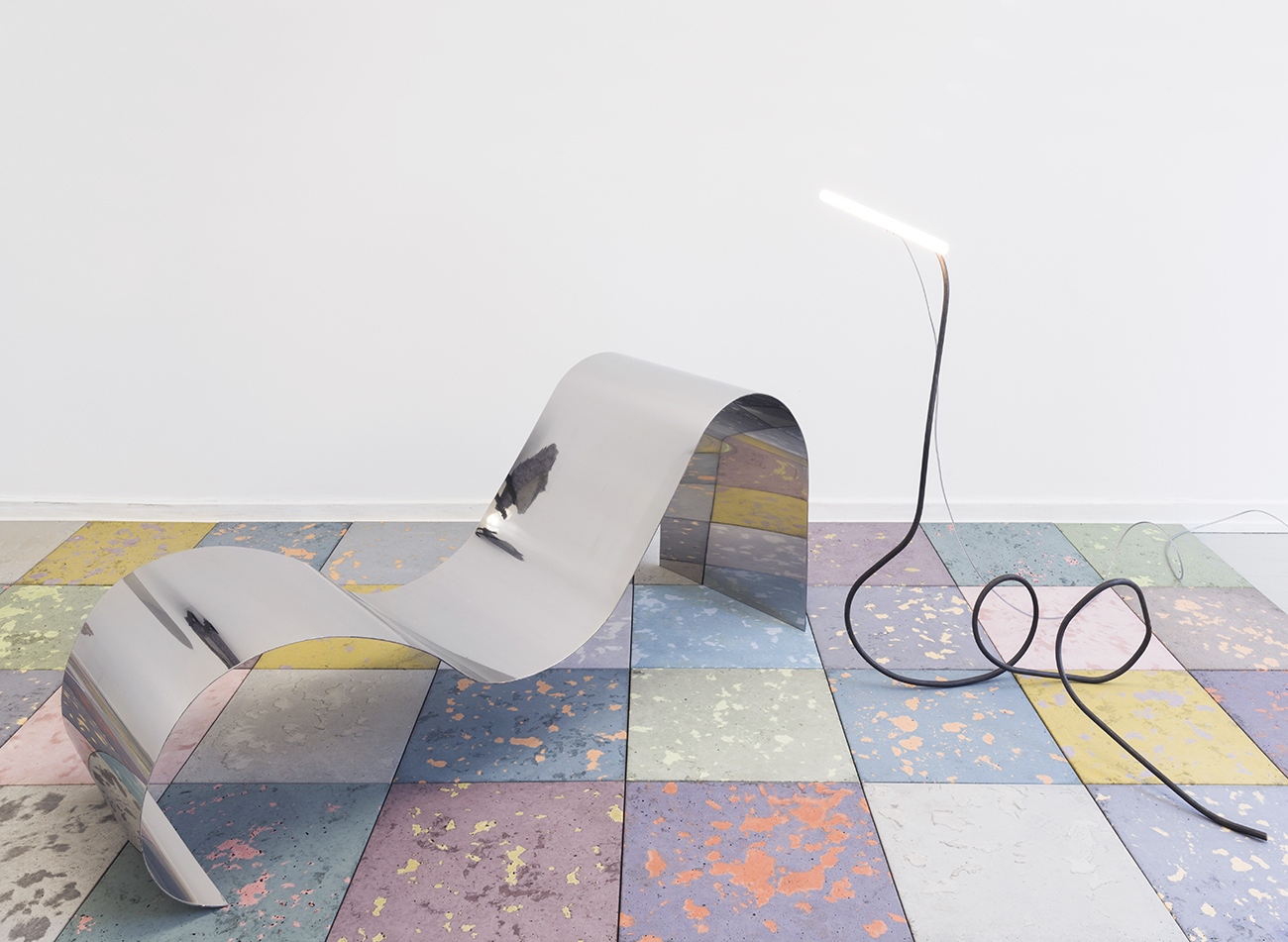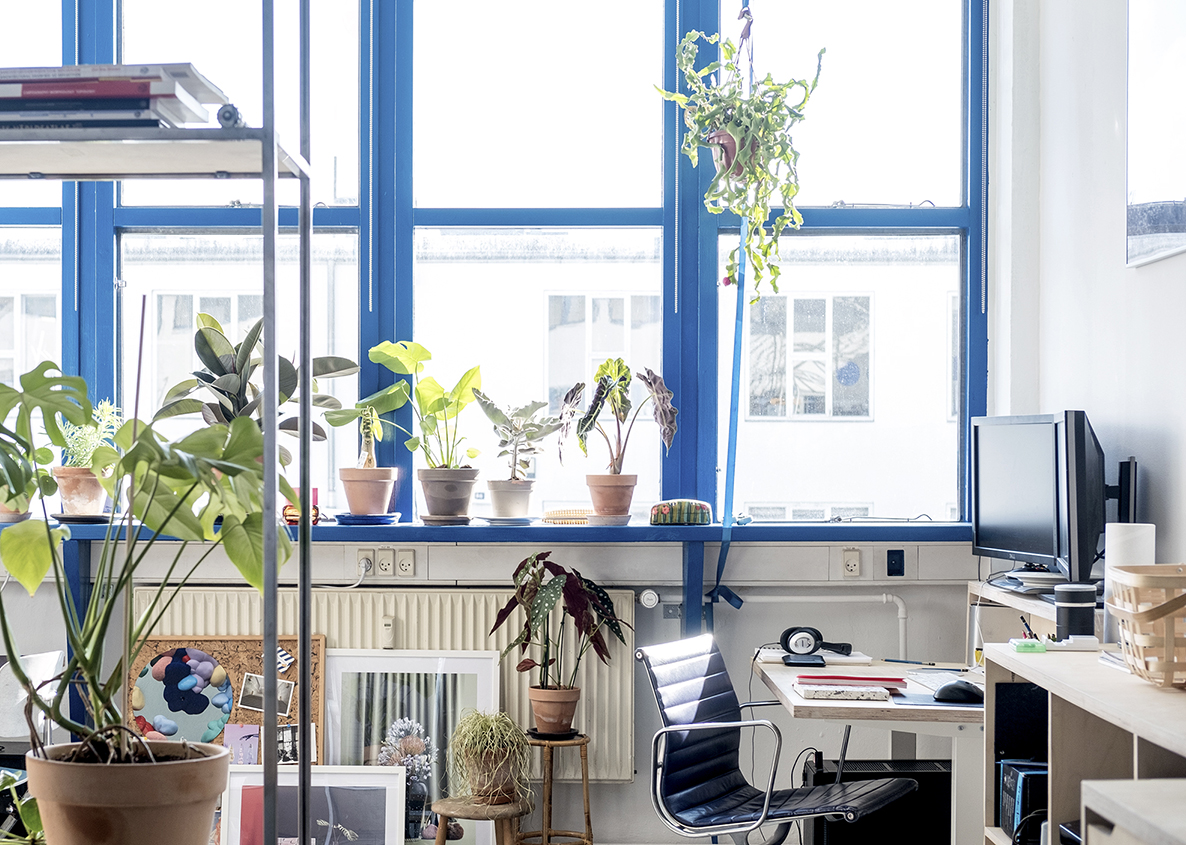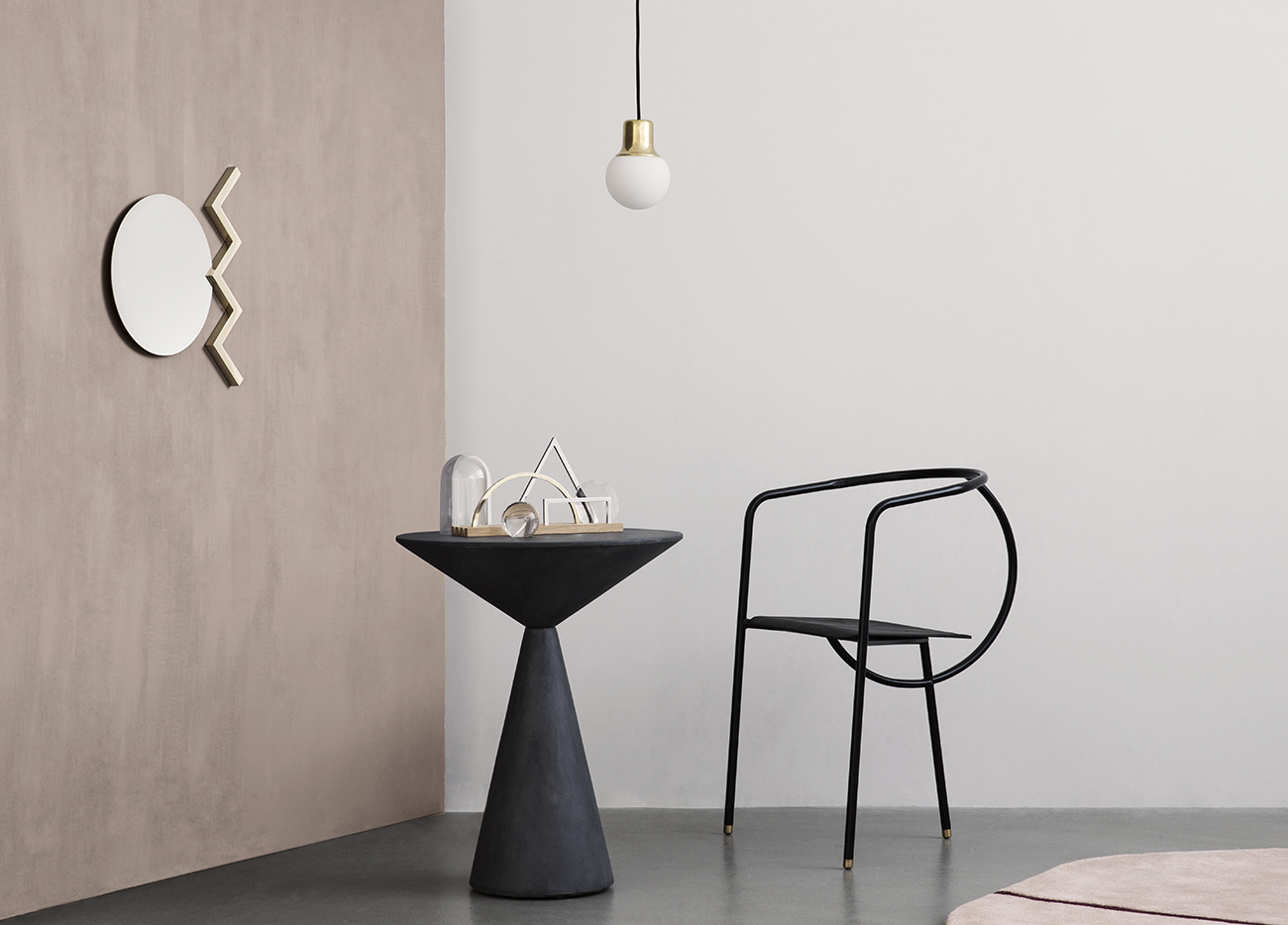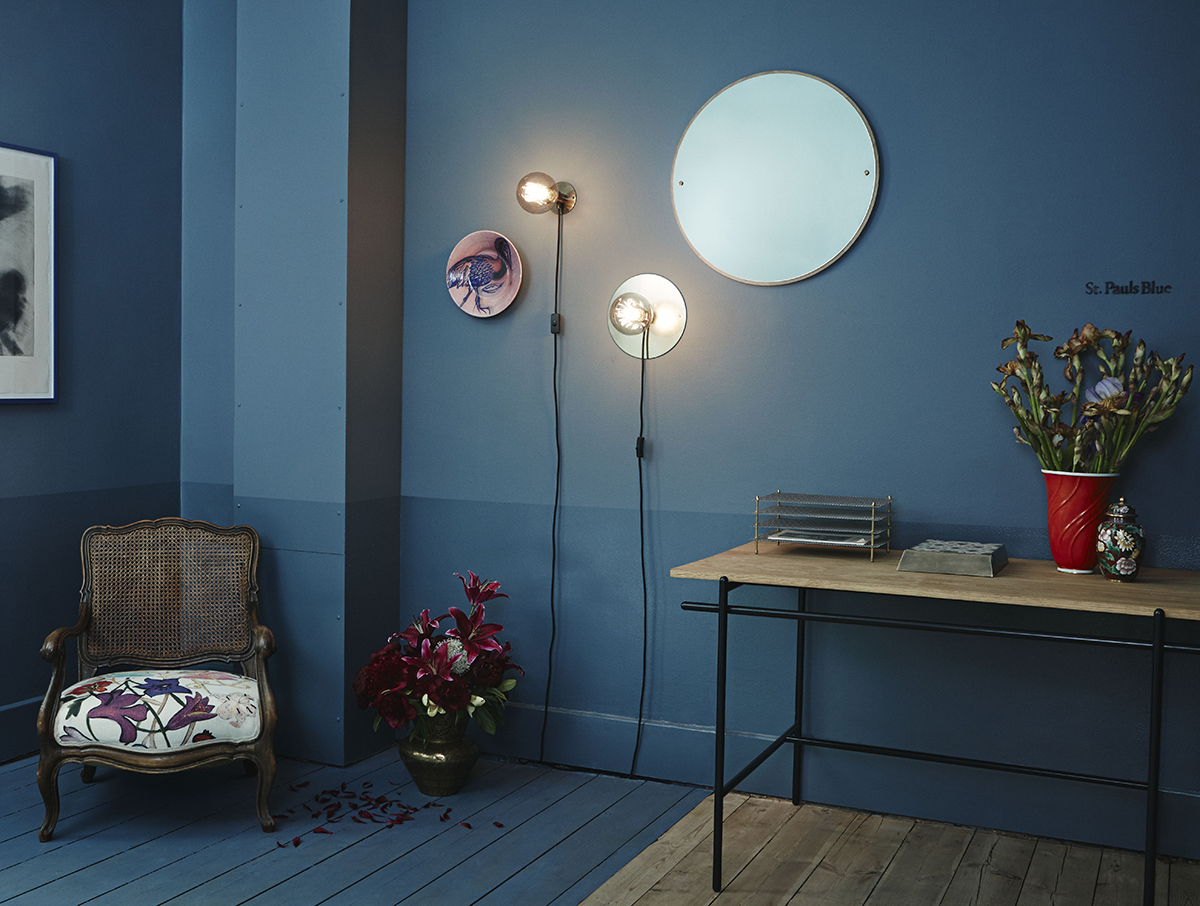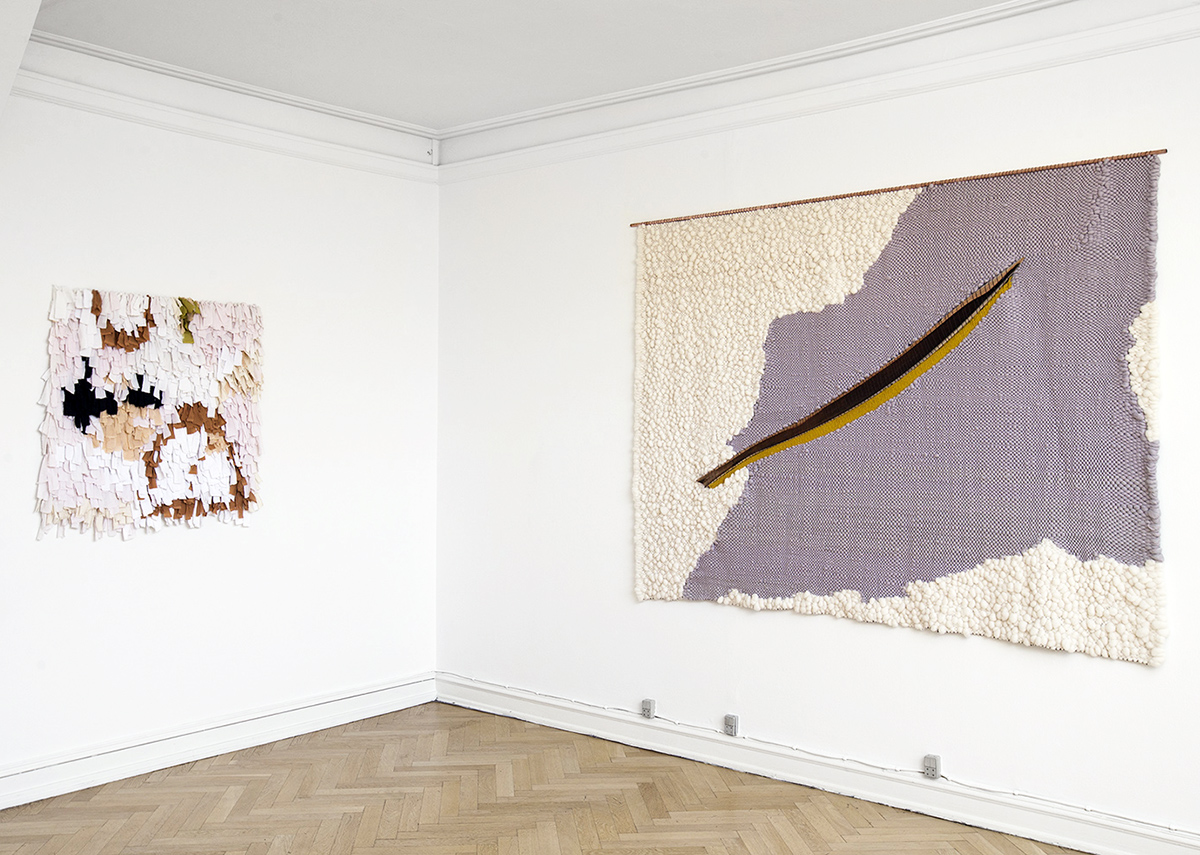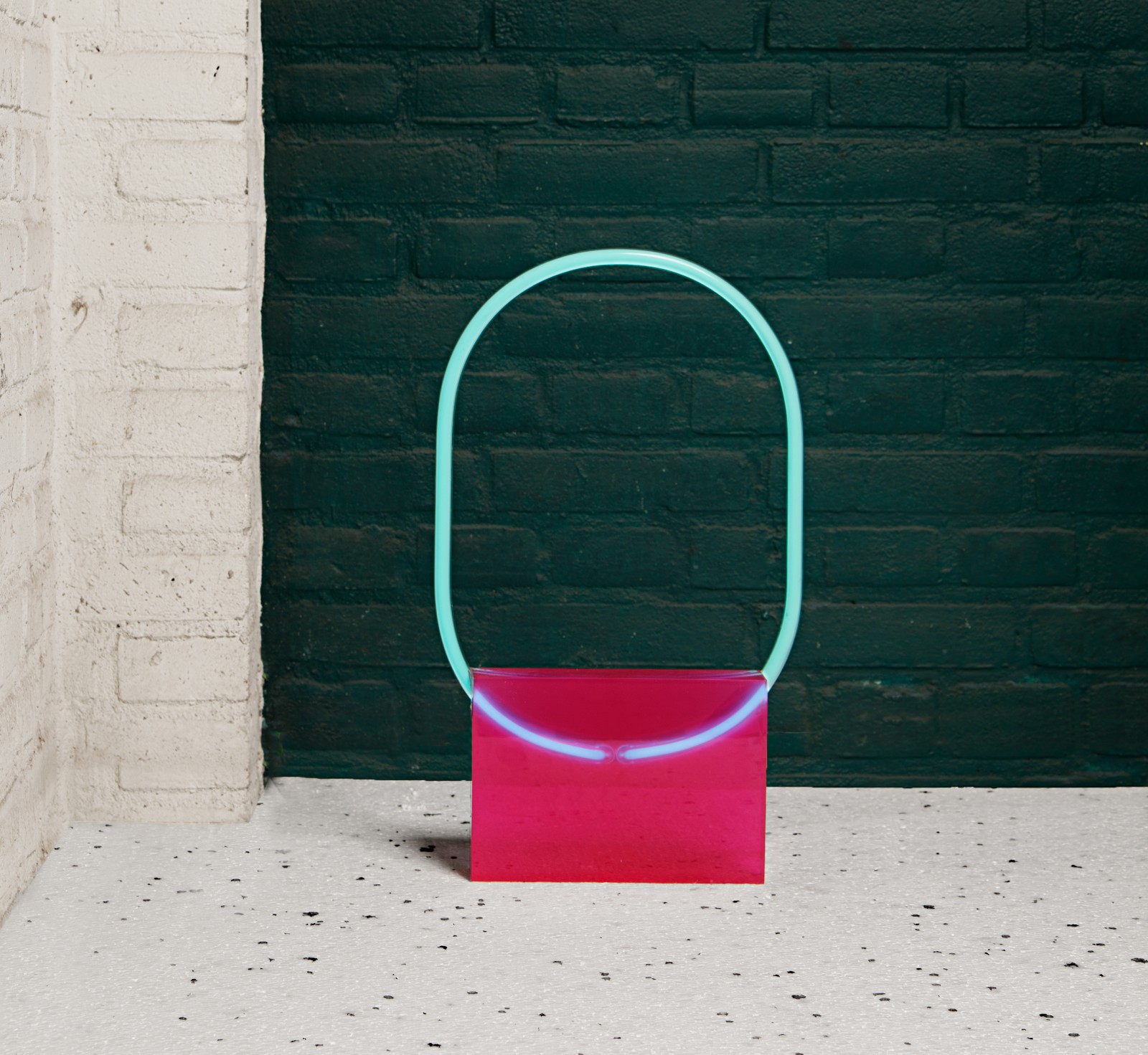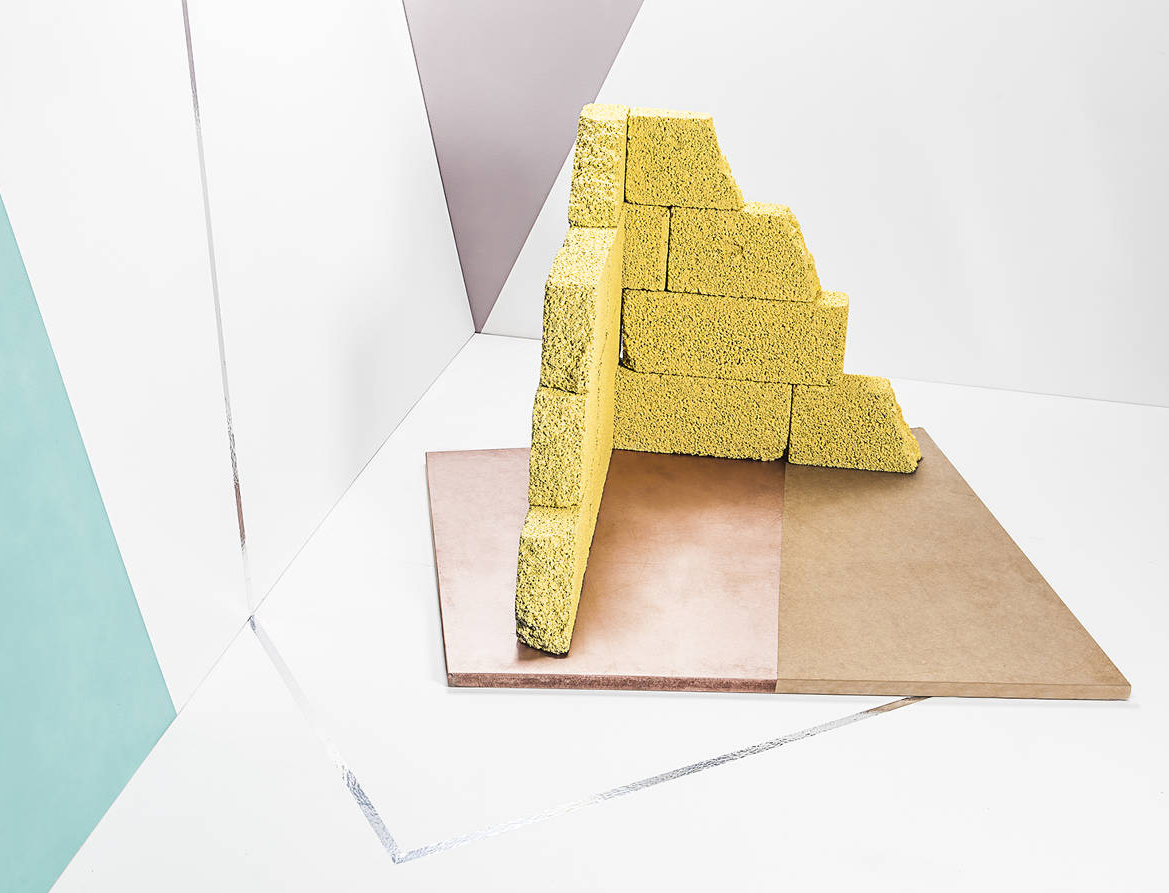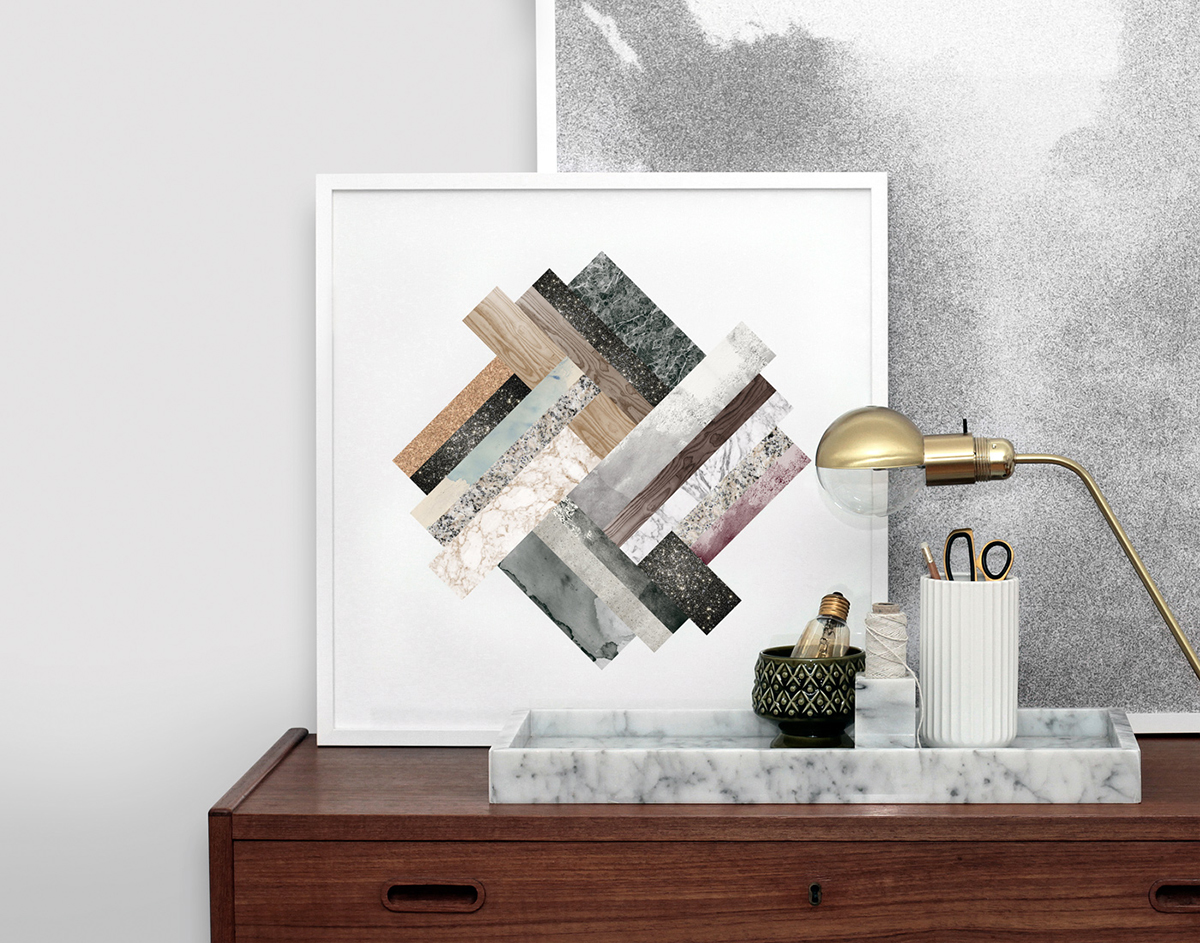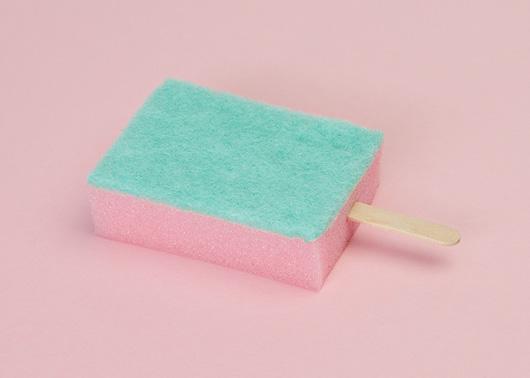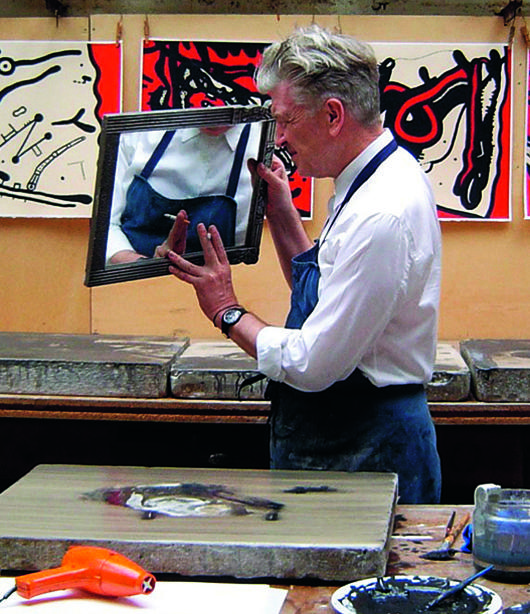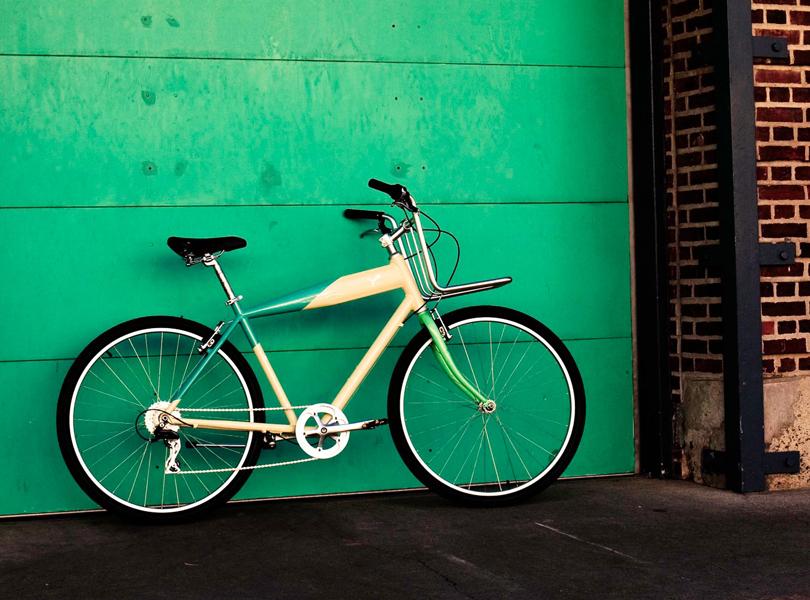It wouldn’t be totally wrongheaded to view The Chronicle — a new biannual publication produced by the cultish Copenhagen ready-to-wear brand Rützou — as a fashion designer’s mood board, come to life. For each issue, the creative team — which consists of Rützou’s designer, founder, and namesake Suzanne; her husband, creative director Peter Bundegaard; and editor-in-chief Frederik Bjerregaard — selects a thematic framework and then collates together visual inspiration to support it. Called “Poetic Realism,” the first issue was abstract and moody, with photographic essays on pattern or urban decay and collages of the magazines’ own diverse inspirations, including Luigi Colani, Matthew Barney, Ernst Haeckel, melancholy, and a Mott Street acupuncturist in New York’s Chinatown. The latest issue, called Sense and Sensibility, more literally serves as a scrapbook for creative inspiration: “Sketches, abstractions in watercolor, visual logbooks, black-and-white imagery, personal portraits, simple doodles, this vast collection is a glimpse into a range of international artists’ creative processes and their final work,” the team writes. By international artists, they mean the likes of Marc Newson, Julie Verhoeven, and David Lynch, who offers a glimpse into his Parisian printmaking lair in the excerpt we’ve reprinted today on Sight Unseen.
